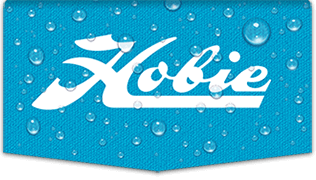now i could be wrong but.....
h18 dont have the ability to increase force/rotation (without adding blocks and a lines to force it to over-rotate). And forcing rotation does flatten the sail BUT it causes more power by changing the angle of attack to the wind...
SO... you depower your sail by reducing rotation (hence mast limiter) and point the limiter to the rear beam (or close) and reduce the angle of attack
FROM the AHPC site : (yes this is for a different cat... but same princapals)
Light Winds: 1 -5 knots
Mast rotation - 45 deg (limiter bar pointing to the side stay)
Light / Medium Winds : 5 - 10 knots
Mast rotation - 40 to 30 deg
Medium Winds: 10 - 15 knots
Mast rotation - 30 to 20 deg
Strong Winds : 15- 20 knots
Mast rotation - 15 deg (limiter bar pointing to the rear beam)
ncmbm wrote:
And I stated rotation incorrectly. In heavy air you want to flatten the sail. By pullling the outhaul you flatten the foot of the sail, by pulling downhaul( stock 18 has very little downhaul ability, upgrade to 5:1 or better) you bend the mast on its major axis flattening the sail thru the center and heres my mistake, you over rotate the mast to flatten, limiting rotation makes the sail fuller.
I knew you had crew left and right at the front, it makes the bows dig and its very hard to tack. Had you backwinded the jib the tack could still be made that way but only with backwind. Also main comes in tight while tacking and then out as air comes across.
I tend to be a risk taker in all areas and I get angered by the cautious crowd telling me what I should or should not do. I like to sail in strong air, small craft advisories get me excited. Pushing my limits and the limits of my equipment is where the thrill is for me. I have been sailing cats for 30 years now and I hate sailing in light air, my lake racing shows that.
Sorry if I offend anyone but" if it ain't blowin' I ain't going".








